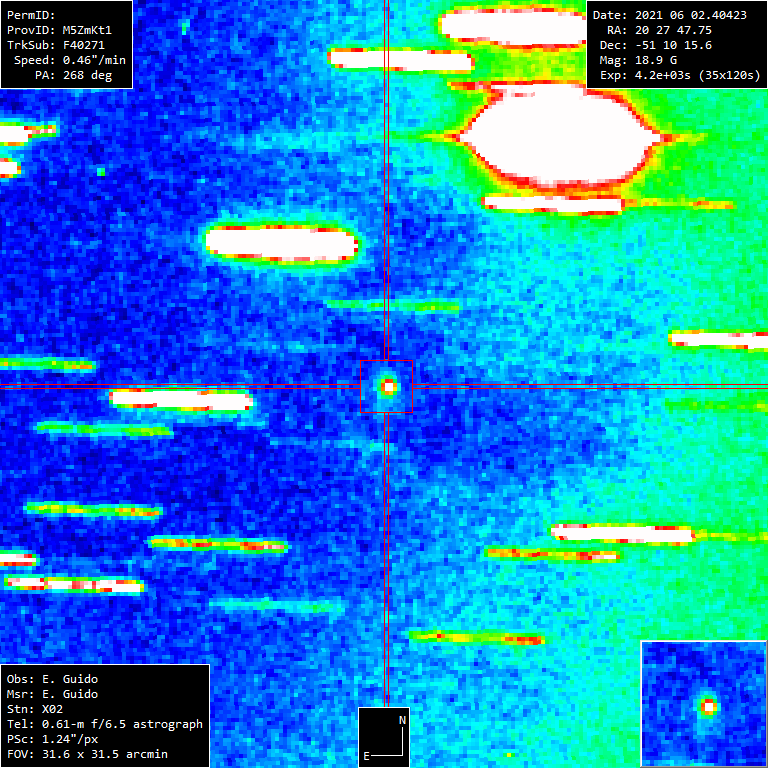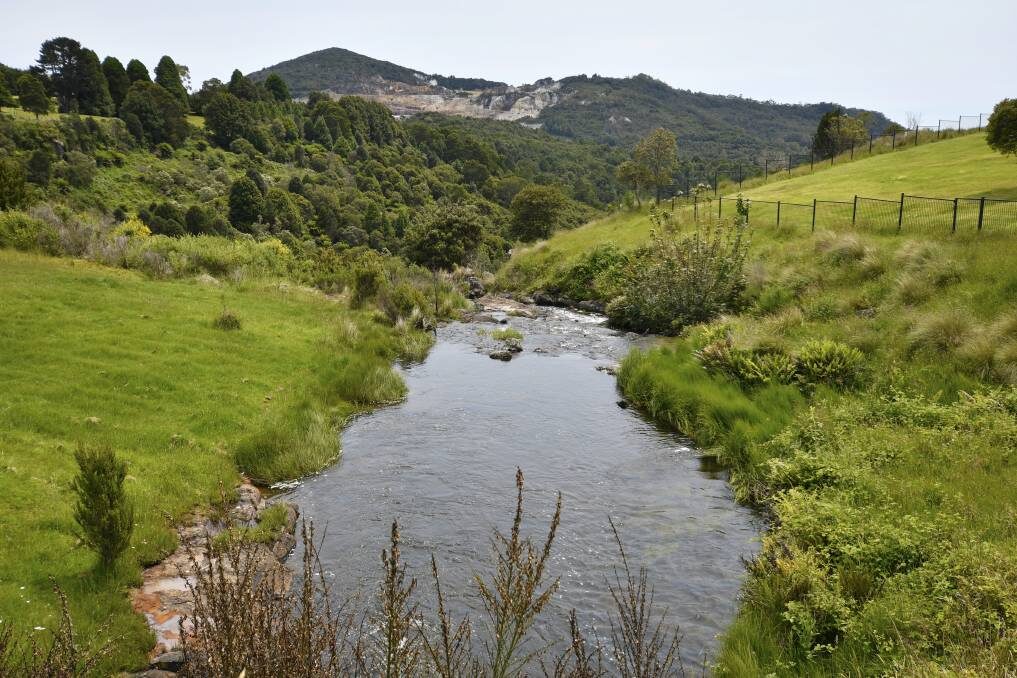CBET 4975 & MPEC 2021-L89, issued on 2021, June 09, announce the discovery of a new comet (magnitude ~19.0) on CCD images taken on May 23.0 UT with the "
Mobile Astronomical System of the Telescope-Robots" (MASTER) auto-detection system (double 0.40-m f/2.5 reflector) at the South African Astronomical Observatory. The object was reported by MASTER as a new NEO candidate and has been found to show cometary activity by CCD astrometrists elsewhere.
The new comet has been designated C/2021 K2 (MASTER).Stacking of 35 unfiltered exposures, 120 seconds each, obtained remotely on 2021, June 02.4 from X02 (
Telescope Live, Chile) through a 0.61-m f/6.5 astrograph + CCD, shows that this object is a comet with a compact coma about 15" arcsecond in diameter elongated toward PA 180 (Observers E. Guido, M. Rocchetto, E. Bryssinck, M. Fulle, G. Milani, C. Nassef, G. Savini, A. Valvasori).
Our confirmation images (click on the images for a bigger version; made with
TYCHO software by D. Parrott)

© Remanzacco Blogspot
